Beauty News, Na'Vi Organics, Na’vi Organics
A Guide to Harnessing the Power of Common Weeds
The Awakening Spring
A Guide to Harnessing the Power of Common Weeds
During springtime we find nature flourishing in all corners of the world. Behind garden huts, along roadways, even in bustling city centers, plants break through the soil, reaching out for the sun’s nourishing light. Often dismissed as mere weeds, these hardy plants are indeed unappreciated treasures. When allowed to thrive, they not only provide a rich habitat for local fauna but also serve as remarkable sources of potent healing remedies.
In this blog, let’s unveil the benefits of three underrated weeds and explore their potential for a rejuvenating spring detox:
Nettles
Nettles, notorious for their prickly hairs that kids often learn to evade, stand tall with their distinctive dull green serrated leaves. In the aftermath of the frosty winter, nettles traditionally served as a dietary boost in Britain, thanks to their abundant Vitamin C and iron content.
The young leaf tips are the prime part for harvesting, as they’re packed with nutrients. Additionally, by harvesting only the tips, you ensure the plant continues to grow unhindered. These nettle tips can be juiced, sautéed (akin to spinach), steeped in hot water for a reviving brew, or dried for inclusion in teas and tinctures. Rest assured, the sting of the leaves subsides upon heating, rendering them safe for consumption.
Nettle leaves have a long-standing reputation for enhancing skin, hair, and nail health. In Traditional Chinese Medicine, this suggests that nettle leaves might tonify the kidneys and lungs. Moreover, in Russian folk medicine, freshly extracted nettle juice is a popular recuperative tonic post-illness, aiding toxin elimination and providing a nutrient-rich boost with iron, vitamins, and various minerals.
Nettle Root Extract
The roots of the nettle plant, too, hold significant therapeutic value. They’re believed to have a harmonizing and regulatory influence on hormonal health. While traditionally used for prostate health, nettle roots are increasingly being recognized for their benefits to women, including use in natural remedies for conditions like PCOS. By tonifying and supporting our hormonal system, nettle roots offer wide-ranging health benefits. Even the seeds of this resilient plant are prized in traditional medicine for their potential to nourish kidney jing.
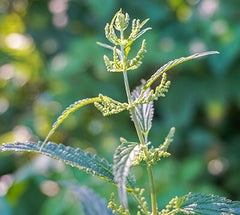
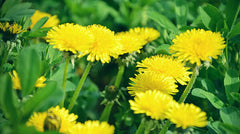

Dandelion
Dandelions, often dismissed as a mundane garden nuisance, are in reality a versatile powerhouse of nutrients. Before their vibrant yellow blooms mature into cloud-like seed carriers, these plants are usually sprayed or uprooted from our gardens.
Dandelions are a beacon for bees and other pollinators throughout their lengthy and vibrant flowering phase, offering a treasure trove of nectar and pollen. While nature’s pollinators feast on the blooms, we can derive immense benefits from the plant’s roots and leaves. In the spring season, you can harvest just the leaves, leaving the root to develop further and the blossoms to be enjoyed by wildlife. Packed with calcium, iron, folate, vitamin E, C, A, K, and beta-carotene, these leaves can be a nutritious addition to salads or green smoothies. To avoid a bitter taste, pick the leaves when they’re young or use them moderately. As a natural diuretic, dandelion leaves assist in eliminating excess fluids from the body.
The roots of the dandelion plant grow more potent with age. These serve as a natural detoxifier for the liver, blood, digestive tract, and gallbladder. Acting as a diuretic and gentle laxative, dandelion roots have traditionally been used to alleviate skin issues like acne, stomach ailments, and rheumatic conditions.
After washing, the root can be immediately used in cooking or for brewing tea. Alternatively, you can dry it in a cool, dry place until it turns brittle. The dried root can be processed into a tincture, brewed into a tea, or powdered for smoothies. Stored properly, dried dandelion root can last for a year, providing a splash of sunshiny goodness even in the heart of winter.
Cleavers
As spring matures, you’ll notice the elongated stems and ‘sticky’ leaves of cleavers. Harvest them before their small clusters of star-shaped white or green flowers blossom. Rich in vitamin C, cleavers have been traditionally used as a gentle detoxifying herb, known for cleansing the kidneys, liver, spleen, pancreas, and the blood and lymphatic systems.
Since heating or drying cleavers may reduce their beneficial properties, it’s preferable to use them fresh in juices or infusions (soak the leaves in water and refrigerate for up to two days).
Despite being widespread, urban weeds are often exposed to harmful chemicals, which could prove detrimental if consumed in a tea! The usage of such chemicals coupled with habitat loss has severely affected biodiversity. Studies in Europe show a shocking decline of over 75% in flying insects over almost three decades. As such, it’s crucial to respect each clump of nettles and humble hedgerow as important habitats for wildlife, avoiding over-harvesting.
The most beneficial way to utilize these common weeds while also supporting the ecosystems they belong to is to promote their growth. Consider designating a section of your garden to let it grow wild. When you’re not harvesting the leaves and shoots, a variety of pollinators will enjoy the blooming wildflowers. Even a windowsill box, regular watering, and some sunlight can be enough to grow these nourishing remedies.
This spring, take a moment to appreciate the delicate nettle flowers and the sun-like blooms of dandelions, recognizing them for more than just weeds.


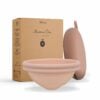

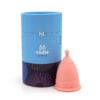












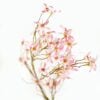



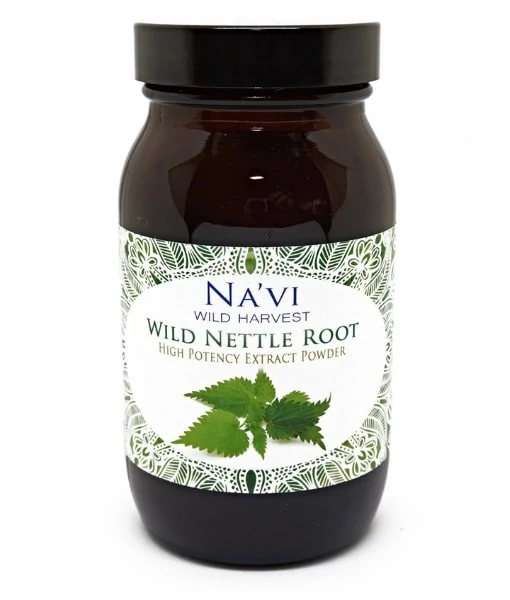
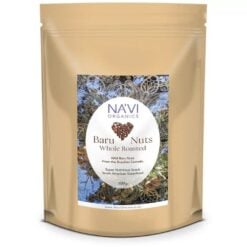

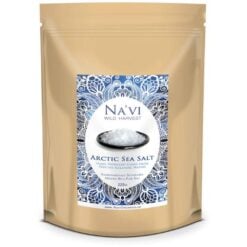

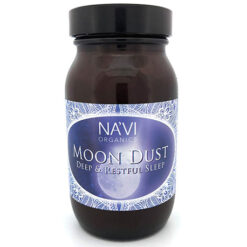
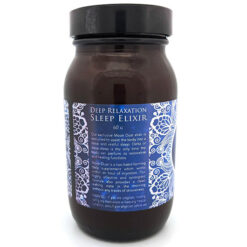






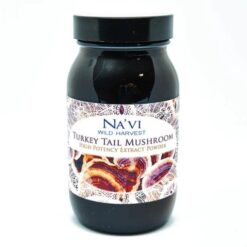
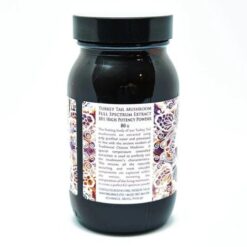
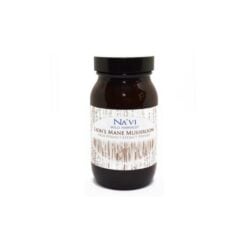
 Beauty Products
Beauty Products By Skintype
By Skintype Brands A-Z
Brands A-Z Wellness
Wellness Health / Nutrition
Health / Nutrition